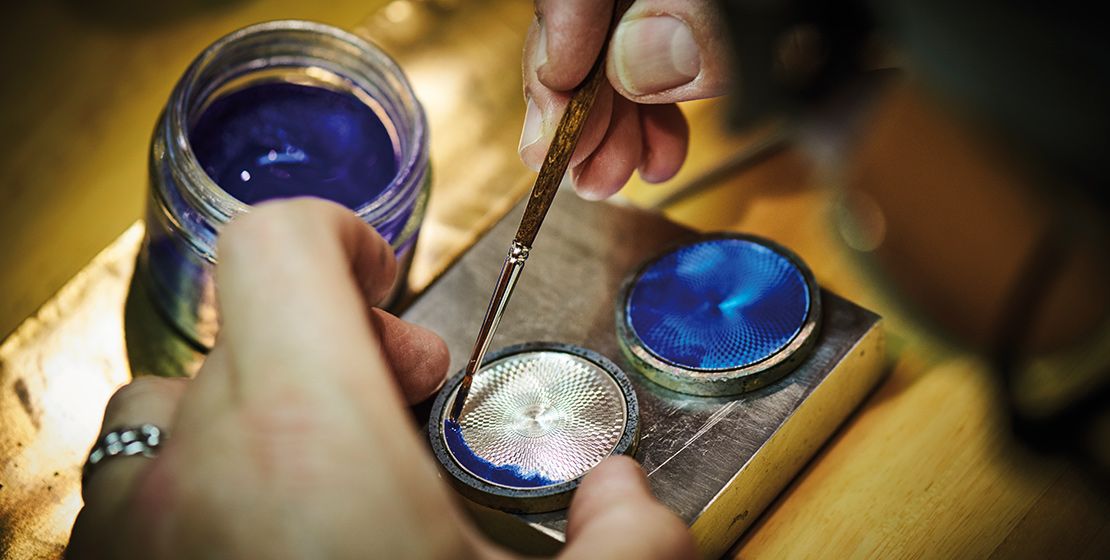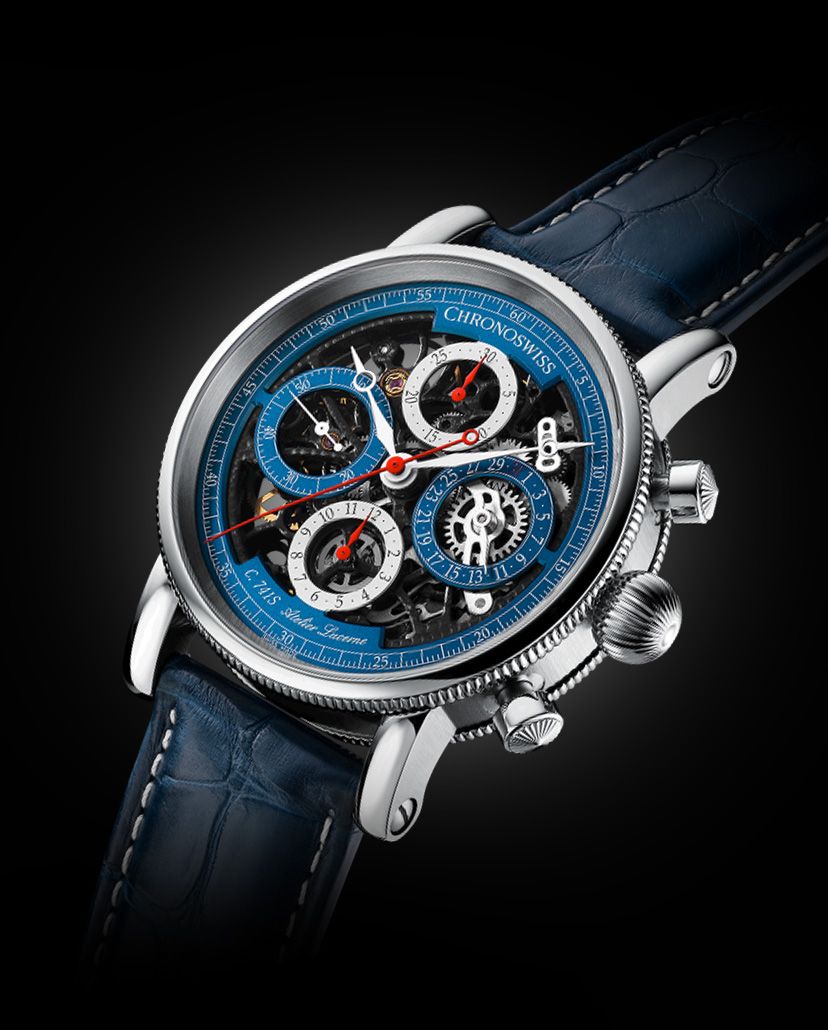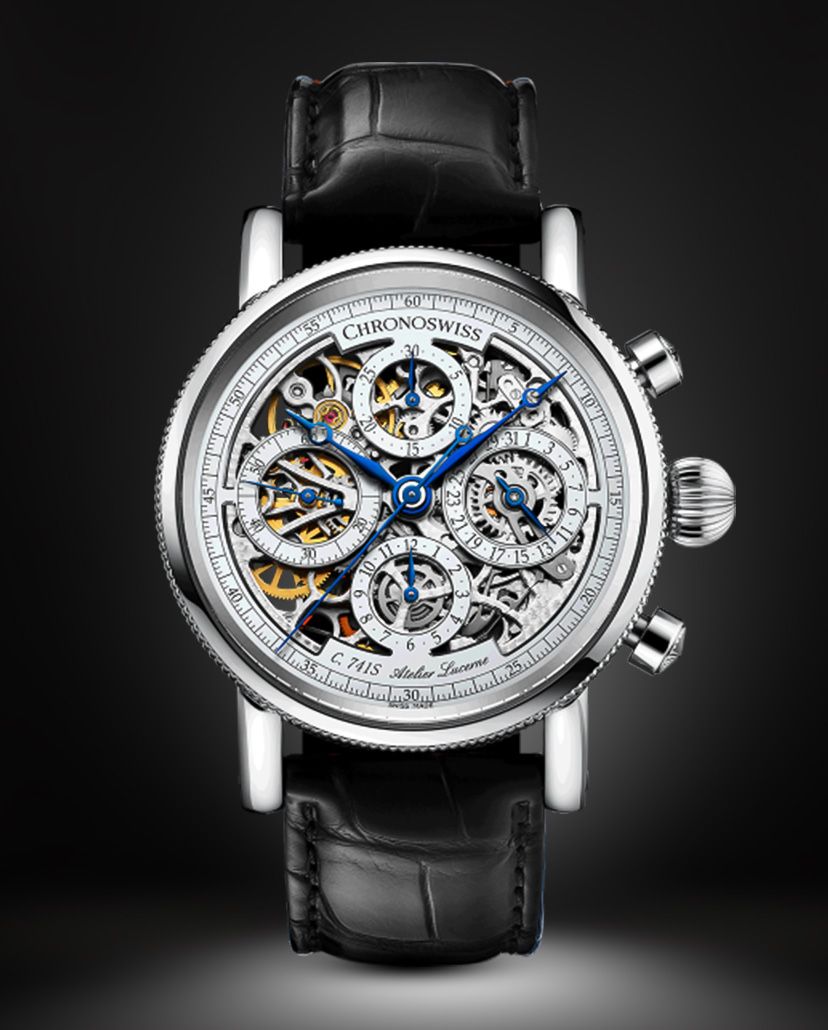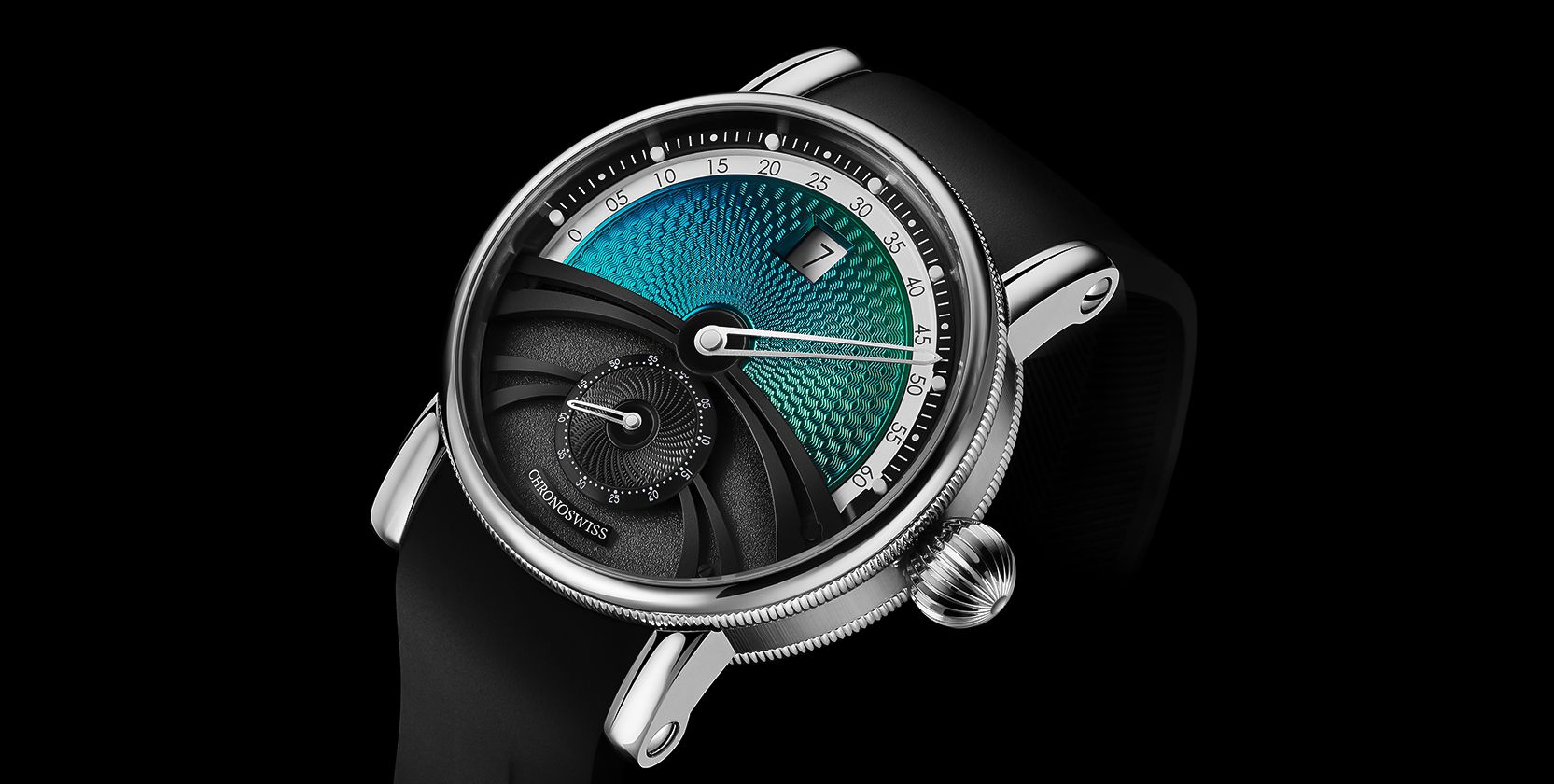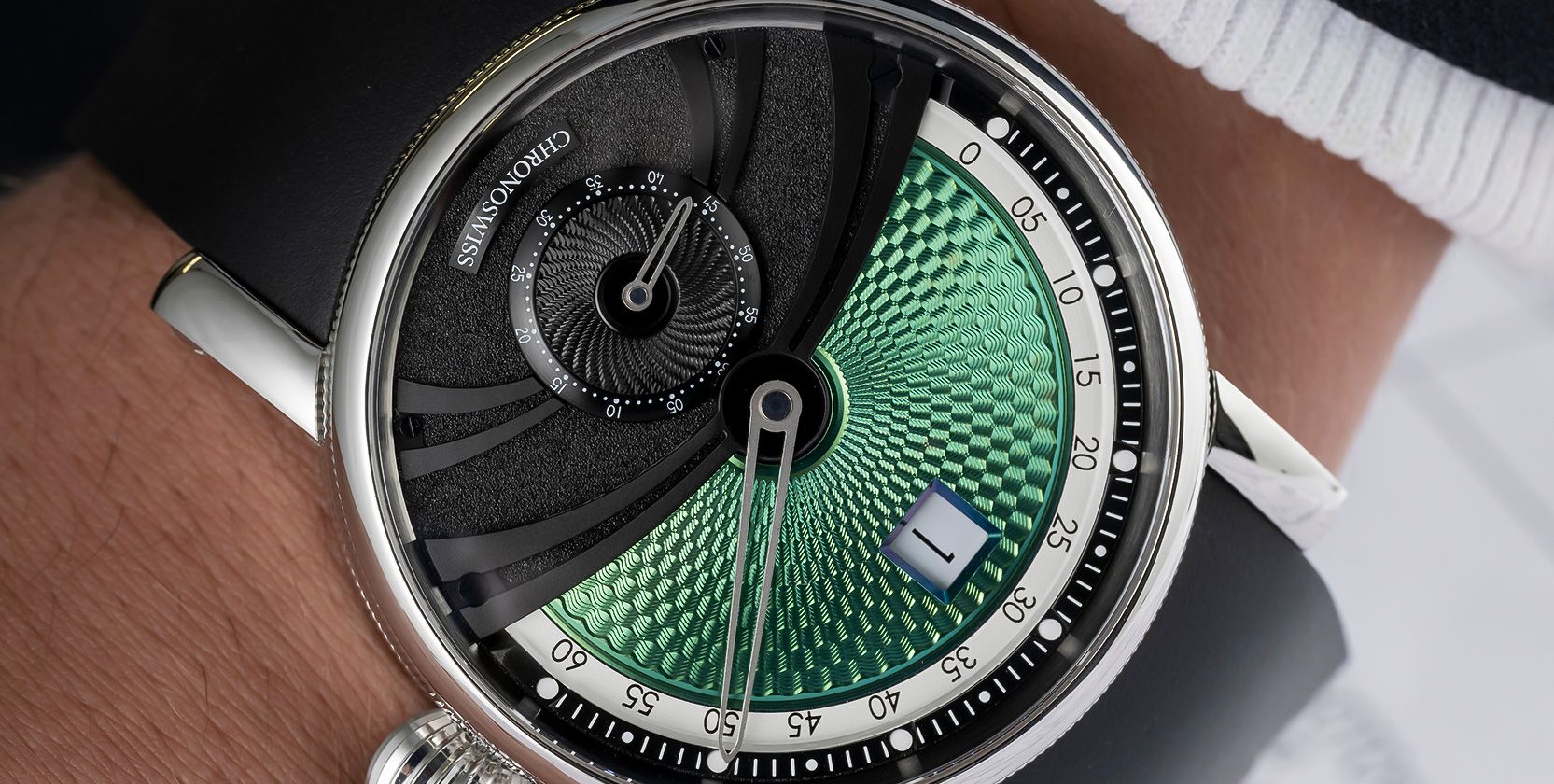Q&AChronoswiss’s Owner And CEO On The Essence Of Their Regulator Watches
Intrinsically Swiss, despite its German origins, Chronoswiss are watch manufacturers that believe in the strength of their DNA and the importance of their signature Regulator watches, explains Oliver Ebstein, the brand’s CEO
May We Recommend
How would you define the Chronoswiss brand? What sets it apart from others in the same league?
We call ourselves ‘modern mechanical’, and this pretty much tells our story. We produce non-conformist watches. We’re a business run by a family, and we like what we do, we believe in the designs. We’re not producing watches to please everybody out there. The Regulator watches, for instance, have a specific meaning and history. And with the case and the onion crown, the watches are very specifically Chronoswiss. We never compare ourselves with other watch brands. There are too many of them. What’s important for us is what we do. And it’s very important that our products carry the DNA of the brand. When you look at a Chronoswiss, you can identify it from far away.

When you talk about bespoke watches, what’s the extent of customisation that you’re willing to do in a Chronoswiss watch?
We’re a small brand, so logistically, we can do everything. In terms of mechanical options, we do everything. In terms of aesthetics, it needs to stay a Chronoswiss. But then, the people who ask us to do a bespoke watch do want a Chronowiss. So we never have the issue of them wanting something that doesn’t look like a Chronoswiss. They come to us because they like the case design, the Regulator, the onion crown, the details, etc. Most bespoke watches are either adaptations—maybe a different guilloche finishing, a different colour, a miniature painting on the dial. People also ask us to do cloisonné dials or something with different enamel colours.
What is the significance of the Chronoswiss name? How do the brand’s German origins tie in with the ‘Swiss’ in the name?
It was founded by a Swiss woman and a German man. It always had both ties to history and to the countries. The heart of the brand was always in Switzerland, even though it was established in Germany. Hence the name was always Chronoswiss. ‘Chronos’ is from ‘Cronus’ (or ‘Kronos’), the Greek god of time. And ‘Chronoswiss’ tells the story of Swiss time through its watches. We’ve always produced most of the parts in Switzerland, while we did a lot of assembling in Germany, and some of the designs were also created there. So there was always a mix of both. We still have an office in Germany, but now all of the production takes place in Switzerland. It was not optimum for a mid-sized company to work across borders. It’s easier to create the products, do the testing, etc under one roof rather than doing it under two or three roofs.
When did you take over the brand and what has been the most significant development since then?
I’ve been with the brand for about nine years. When we took over in 2011, we had about 150 references, which is a lot for a small company. The first thing that we did was reduce that number to about 70. And now we mainly concentrate on the iconic look—a singular design language. For me, it was very clear from the beginning that having such a wide variety of models would not be efficient from a production standpoint. Also, we felt that there should be a distinctive look that people associate with Chronoswiss. So we decided that the representative for the brand would be the Regulator watch.
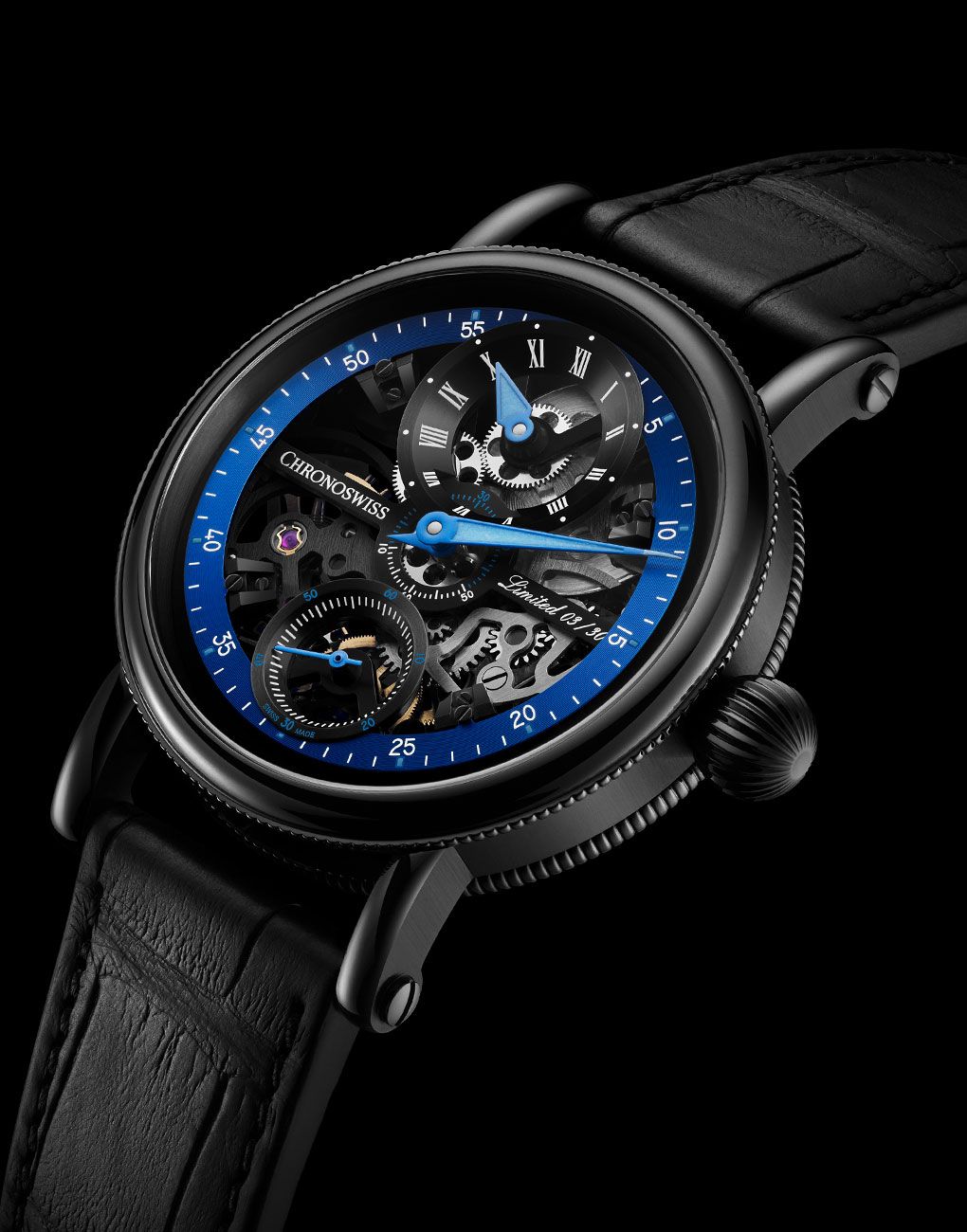
What is the significance of the abundant use of the regulator display in Chronoswiss watches?
The regulator only existed as a wall clock. About 200 years ago, regulators were used for navigation. They were the most precise timekeepers until the atomic watch came in the 1950s-60s. Most radio stations had regulator clocks, and they had the regulator dials (with off-centred hours and a central minute hand). Only the minute was of consequence. These were the timepieces that were taken as a reference. These clocks had silver pendulums. They had an accuracy of +/- 10 seconds a year. The regulator was used up until the 70s in almost all of watchmaking. The last step that a watchmaker does is to check if the watch is working accurately. They would look at wall clocks as a reference, and they would be synchronising or regulating the time. The person who checked and regulated the time was also called a regulator, as were the clocks. Wristwatches with regulator layouts came about much later. We were among the first companies to take the regulator from the wall to the wrist, making the watch look totally different than anything else that existed at the time. And since then, Chronoswiss has been very well known for it. Today, about 70 percent of all the watches we produce have regulator dials, with or without different complications. Many people come up to me and say that it’s actually easier to read when you get used to it. When it’s one o’clock, you know that, but what you actually just need to check on your watch is the minutes.
Aside from the regulator display, what are the strongest features for Chronoswiss?
We’ve done all kinds of mechanical features. We have quarter repeaters in the collection, we have perpetual calendars and chronographs. Right now, we have a lot of retrograde seconds. I’ve always thought that complications where something can be seen moving are beautiful. We put a lot of emphasis on the dial. If you can enhance the dial with mechanical complications that can be seen moving as they function, I think it’s just beautiful. There’s nothing more boring than a dial where nothing happens. That’s why we have skeleton dials. You can look in and you can see the screws and the wheels. And now you have the retrograde—every 30 seconds you see something happening. This is what I’m looking for. We’re going to do a tourbillon next year. This is also something that I like a lot. Because there is constant change and mechanical movement seen on the dial. I think there is beauty in mechanics on the dials. And we’re planning on doing a GMT watch, because that’s a nice mechanical function, also very useful while travelling. And we’re planning on doing an alarm watch. It’s a very useful tool. In particular, today I hate to have my mobile phone next to my ear when I sleep. I’d love to just keep my watch there, and have it make a little noise to wake me up.
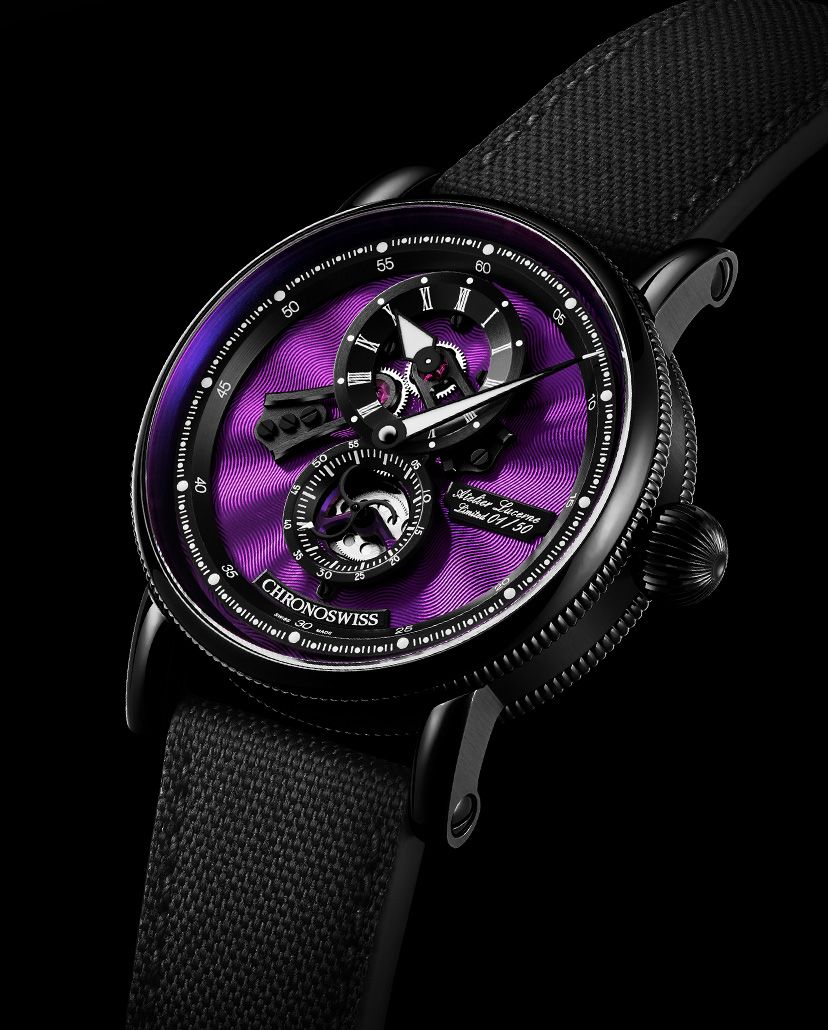
Chronoswiss was established during the tumultuous quartz crisis. More recently, we saw something of a ‘smartwatch crisis’ for mechanical watchmaking in general. What have been your thoughts on this?
When people said we needed to get into the smartwatch market, there were a lot of companies that wanted to sell us intelligent straps. We decided to be careful. Because the quartz crisis showed us that everybody is vulnerable. However, today, we are doing much better than we were five years ago. Now, analysing the products, a smartwatch is something totally different from the jewellery piece that a mechanical watch is. And particularly with Chronoswiss. They are exclusive; you’re wearing something made by hand in Switzerland. And for men, there are limited possibilities in jewellery. You have a watch, maybe your wedding ring, and probably cufflinks. These are all things that are everlasting. These are things that are timeless because you want the history with it. A smartwatch is something that is a convenience product. It helps you do your daily tasks. But in two to three years, you’ll need an upgrade, a battery replacement, and so on. One is a working tool, and the other is a jewellery piece.
What are the biggest trends in mechanical watchmaking that you’ve observed in recent times?
Things are constantly changing. I think sizes are coming down from 44mm to 41 or 42mm. Every year, there is a bit of change. I think what’s a clear trend is that many watches are now using rubber straps. Rubber is very strong. Also for next year, a number of brands will be doing rubber. Crocodile leather is going back on the strap side. There are also many darker case colours being tried out, such as blue DLC coating, which we are doing. Then there’s black and other colours in ceramic. Brands try out more materials also. In the mechanics, there are always crazy watches. I have just returned from the GPHG in Geneva. It’s beautiful what you can do with watches. I’m always amazed as a watch lover. That’s the beauty of it. You can dream about them, even if you can’t afford them. For the main market pieces, there aren’t too many complications. I see brands investing more in materials and design. Maybe what’s important is the beachwear-to-tuxedo watch—watches that you can wear for both extremes. Styles that can fit into both scenarios do very well—something that you can wear for sports as well as the opera. Even something with rubber or steel can be elegant enough for special occasions, but one that can also be worn to go diving. So I see a lot of these watches coming up.




